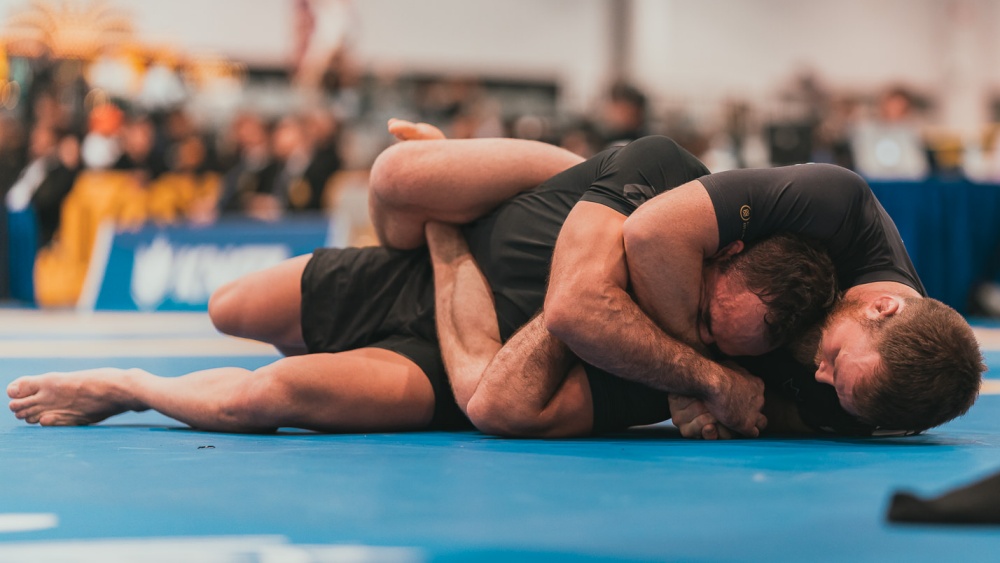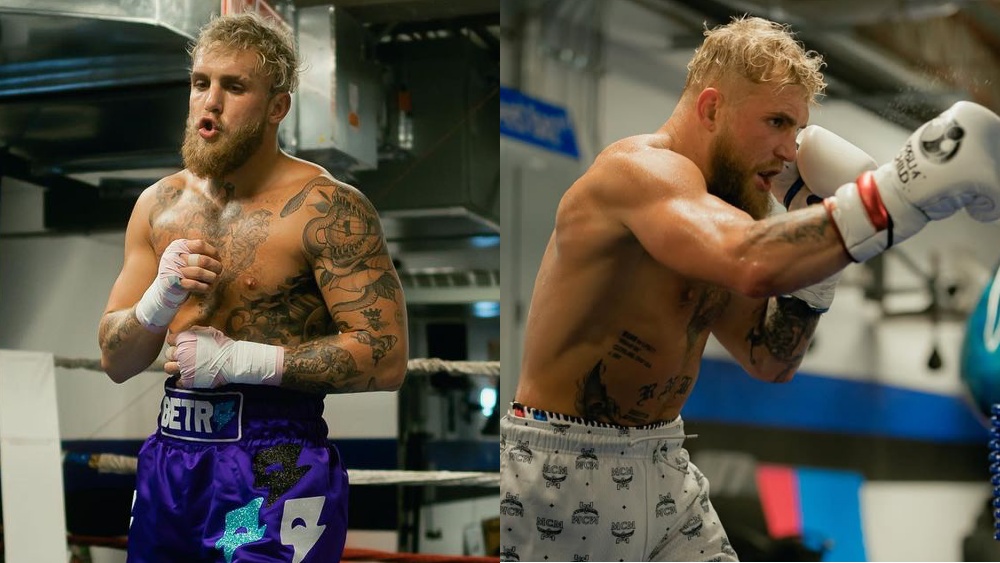The guard is the most fundamental defensive position in the sport of Brazilian Jiu-Jitsu. This is where you use your body as a tool to control the opponent, leaving them open to attacks such as sweeps, back takes, and submissions. Over the years, many guards have been developed and tested in the bright lights of competition.
One of these is the venerable spider guard, a gi-based guard where you place your feet on your opponent’s biceps to block the upper body while holding the sleeves to manipulate posture. In this article, we’ll talk about the important points you need to know about the spider guard.
Entry To The Spider Guard
The spider guard can be set up easily if you start by gripping the sleeves. There are many ways to enter the spider guard, but this is one of the most classic entries.
In this video, BJJ legend Rafael Lovato Jr. explains a simple entry to the spider guard. He starts from the closed guard and grips the sleeves of the opponent. From here, he opens his guard and places his knees to the inside position. Choose a side and enter the spider guard by placing a foot on the opponent’s bicep.
Take note that your body position will naturally shift towards one side as you extend one of your legs, do not resist this shift and focus on making your guard as tight as can be. The goal of the extended leg is to separate the opponent’s arm from the rest of his body. This separation will allow you to unbalance your opponent, as well as shoot for triangle chokes and other submissions.
Notice that Rafael also teaches how to switch from one side to the other. Place your other foot on the opponent’s bicep as you step on the one that was previously extended. Doing this will naturally shift your body towards the other side. This is a great drill to do if you are new to the spider guard position.
Basic Movements In The Spider Guard
Once you establish the spider guard, you must understand the most common movements to retain the position. This video shows some of the most common movements that you should know.
BJJ black belts Elliott Bayev and Stephan Kesting demonstrate these movements in great detail. The first technique is similar to Rafael’s: you switch your extended leg from one side to the other.
The second movement is a great trick to lift your hips inside the spider guard. This is an important concept to master if you’d like to attack with triangle chokes in this position.
The third movement is about reverse shoulder rolls. This is a great movement to learn for sweeps that require you to do a roll (such as the balloon sweep).
The fourth movement is an essential technique because it teaches grip breaking and entering the lasso spider guard. The lasso spider guard is a variant of the spider guard where you loop your leg on an opponent’s arm. This is a very controlling guard with lots of attacking options.
The last movement is all about granby rolls. The granby roll is a great technique to recover your guard and can be used in a variety of positions.
Common Attacks From The Spider Guard
In this video, BJJ black belt Kris Kim teaches the most common attacks from the spider guard. He starts by introducing the basic spider guard sweep (kite sweep). This sweep is very similar to the scissor sweep, where you use a scissor motion with your legs to unbalance the opponent on one side. This is a classic move and is effective up to the black belt level.
Kris also demonstrates a sneaky triangle choke if the opponent lifts his leg. He mentions relaxing the extended leg as you lift your hip up for the initial triangle grip on the head.
Another option is going for the hook sweep on the raised leg. This hook sweep is especially effective if you are near your opponent and is at an angle for sweeping.
The last technique is a stylish sweep if the opponent lifts his other leg. Insert a reverse De La Riva hook on the raised leg and roll on your shoulders. This last technique may require more drilling as it is not as simple as the other techniques demonstrated in the video.
Drilling The Spider Guard
The spider guard is a complex guard with a lot of moving parts. To be good in this position, you must drill the guard as consistently as possible. Start by working on the basic entry shown by Rafael Lovato Jr. Make sure that you study the body shifts that he mentioned, as that’s an important concept when using the spider guard.
Next would be the five fundamental movements shown in the second video. These movements are the building blocks of the position. Don’t take any shortcuts and try to drill these positions on both sides.
Once you become comfortable with the primary entry and movements, you can now work on the common attacks shown in the last video. Start by training the kite sweep since it’s the easiest to learn. You can then proceed with the rest of the attacks as you get more experienced.
You should have a good understanding of proper body position when going for sweeps in the spider guard. If you feel slightly out of position, don’t go for the sweep just yet and adjust your body position by using the five basic movements shown by Elliott Bayev and Stephan Kesting.
Final Thoughts
The spider guard is a great guard to add to your toolbox. This guard has stood the test of time and has proven its worth in many high-level competitions. People of all ages and body types can use the spider guard to great effect as it does not require significant strength or explosiveness to work. Try the spider guard today and see how it benefits your game!
You may also like:

















